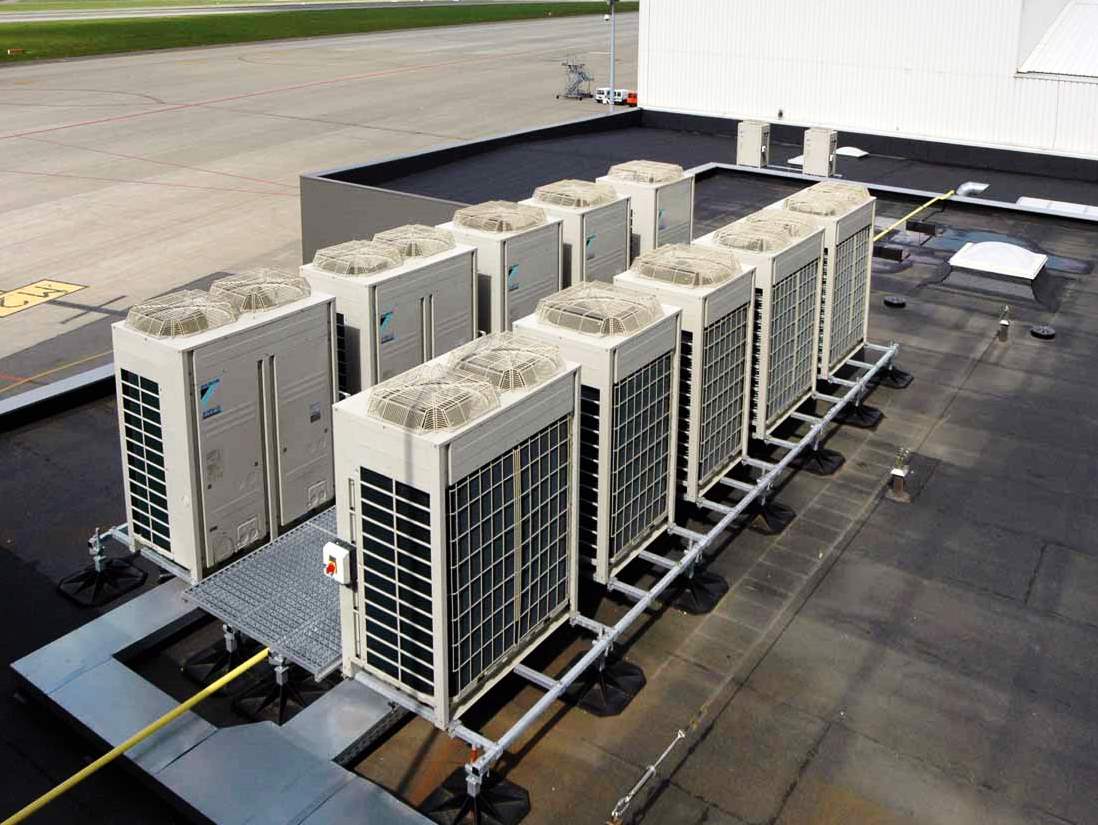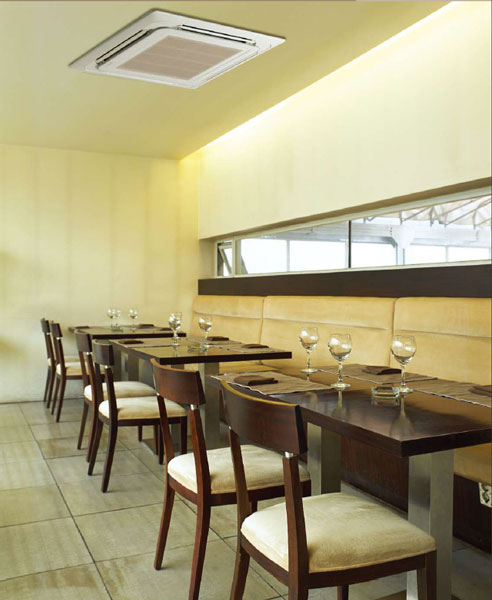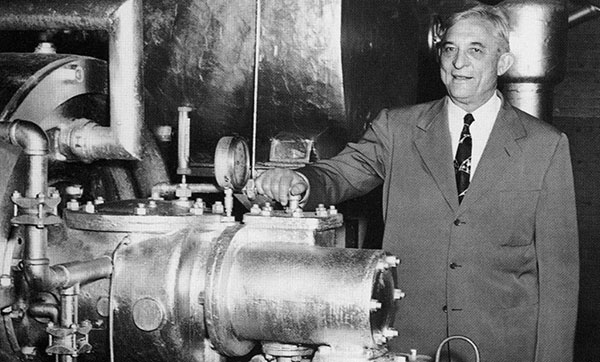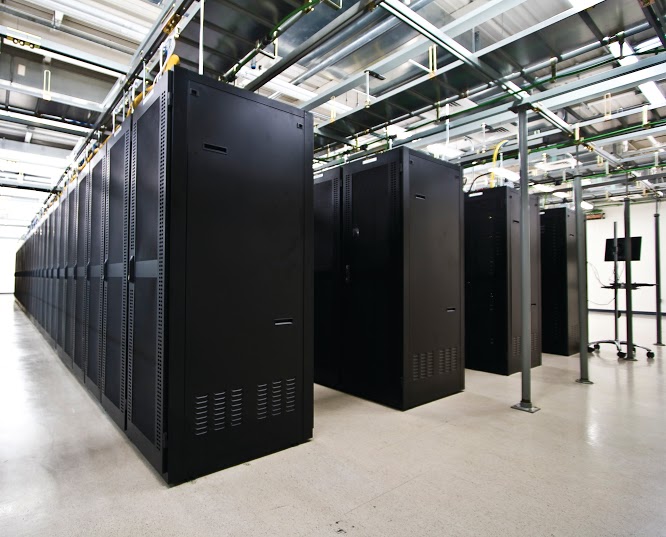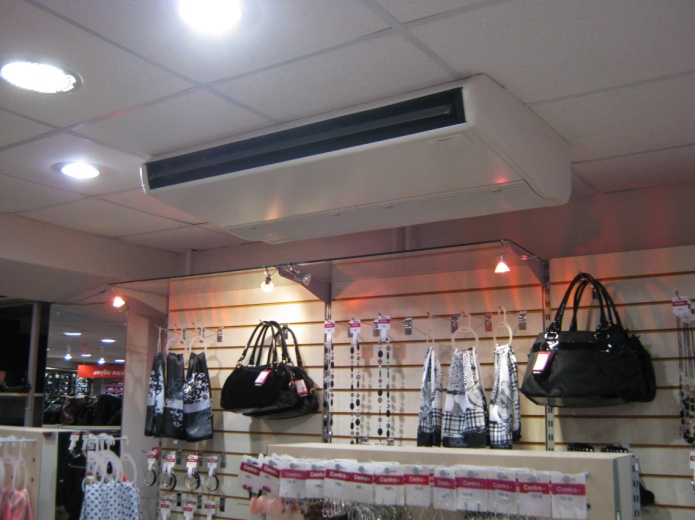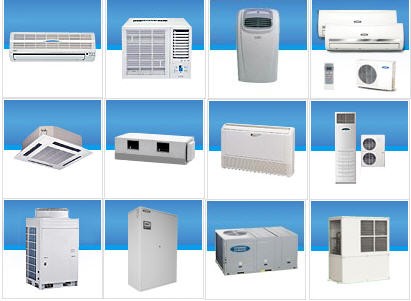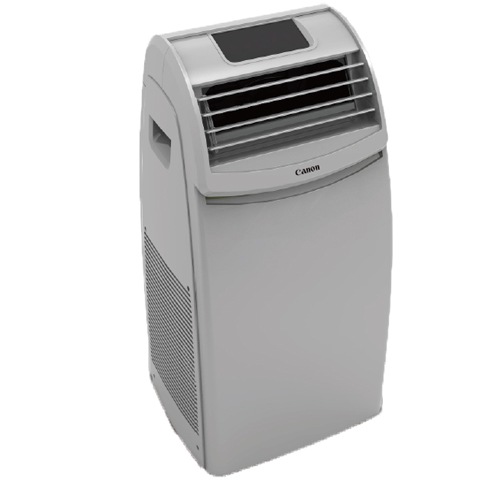Fan coil units are part of the climate control air conditioning system. Units equipped with a heat exchanger and a fan operate in cooling and heating modes. They provide a comfortable temperature in the house at any time of the year. When connected to a heat pump or a stand-alone boiler, fan coil units become heating devices that outperform radiators.
Fan coil heating principle

The original name of the fan coil unit "fan coil" means "fan-heat exchanger". The device is called a fan coil. It is the final element of a chiller-fan coil system. The block consists of the following parts:
- heat exchanger made of copper tubes with aluminum fins;
- centrifugal fan;
- filter;
- Control block.
The main circulates water (in regions with a mild climate) or ethylene glycol (for areas with low temperatures). Fan coil units are installed in each room, they function according to an individual program. The number of connected modules depends on the chiller capacity.
The coolant temperature is 35-55 °. A low indicator is sufficient for heating using a new technology.
Steel radiators are gradually giving way to alternative space heating systems. One of the modern options for heating a house is a fan coil instead of a radiator. Inside the block there is a heat exchanger with circulating hot water supplied by a main. The fan, which is part of the device, drives air masses through it. Forced circulation allows you to quickly raise the room temperature. The filtering device cleans the stream of warm air from dust and impurities.
The fan coil unit is connected by a piping system to a heating boiler (chiller) and a hydraulic module. When installing the water circuit, there is no need to use expensive copper pipes. Insulated plastic lines will replace metal. High-quality thermal insulation eliminates temperature loss even over a considerable distance. One of the advantages of plastic is the low cost of material and installation work.

Chiller is a refrigeration machine with the ability to switch to a heat pump, installed outdoors or in a utility room. The hydraulic module consists of a pump, an expansion tank and a storage tank. A heating boiler is included in the device of the four-pipe system. With the onset of cold weather, a special valve turns on the heating mode.
Types of indoor units
According to the type of connection to the hydraulic circuit, a fan coil for heating a private house is of two types:
- Two-pipe - the unit is equipped with one water circuit. Its mode of operation depends on the temperature of the coolant. This is the most common and affordable type.
- Four-pipe - a device with two heat exchangers, in one of which cold water circulates, and in the other hot. The systems operate independently of each other, allowing quick changes in cooling and heating modes.
Mounting options
The design version of the fan coil is selected depending on the placement requirements:

- Cassette - blocks are placed behind false ceilings. An air distribution grille is directed into the room. The devices are produced in two and four-pipe.They are equipped with a condensate collection tray.
- Ducted - devices are designed for installation in a ventilation duct. Horizontal models are installed behind a false ceiling, vertical ones behind a false wall. Powerful fans allow multiple rooms to be served. The units are controlled by a remote control.
- Wall-mounted - the console unit is placed openly, which simplifies the installation process. The device is manufactured with decorative appeal in mind. The case does not externally differ from the internal block of the split system. Works in two modes: cooling and heating. The device is completed with a remote control panel. When installed above a window, it creates a thermal curtain that excludes the appearance of a draft.
- Floor standing - the equipment is installed on the floor or at the bottom of the wall. Blocks replace radiators. Heated or cooled air is directed upward. Supplied with two or four-pipe heat exchanger. Possibility of horizontal installation under the ceiling. The models have built-in and remote control.
The downside of the system is the increased noise level generated by the fan.
Benefits of using fan coil units
- Thanks to the forced air circulation, fan coil units raise the room temperature faster than radiators operating on the principle of natural convection.
- The chiller-fan coil system heats the house in winter and switches to cooling in summer.
- The coolant temperature decreases.
- Heating costs are reduced, the savings are tangible for large houses.
- Automatic control makes it easy to adjust the temperature. It is enough to set the desired indicators on the remote control.
- The risk of an emergency is minimized.
- Installing fan coil units provides the ability to choose a comfortable temperature for each room.
- Blocks with water heat carrier are more economical, durable and reliable heating elements than electric convectors.
Heating features
The layout of the heating elements is chosen based on the individual characteristics of the room. The fan coil in the heating system plays the role of a radiator, so it is preferable to install it at the bottom. The number of blocks in a room is calculated taking into account several factors:
- area;
- ceiling height;
- window sizes;
- winter temperature in the region.
Types of zoning

Air conditioning systems of varying complexity are used. To maintain the same temperature in all rooms of a private house, a single-zone option is suitable. Work algorithm:
- In summer, water circulates in the pipes with a temperature of 7 °. It is fed to the fan coil heat exchangers, which cool the air in the rooms. The unit's operation is regulated by a controller connected to a temperature sensor. The heated water is sent back to the chiller.
- In winter, the automation switches the coolant to the heating source (boiler, boiler).
A two-pipe scheme and blocks with one circuit are used. The house has a cooling or heating mode, but in some rooms it is possible to change the microclimate parameters.
The multi-zone system offers enhanced functionality. Some rooms are heated and others are cooled at the same time. This possibility is provided by the separation of cold and hot water on different branches. For installation, blocks with two circuits and a four-pipe connection diagram are required.
The microclimate in the house is controlled by thermostats. Sensors are installed in every room. When the set value is reached, the heat supply to the fan coil units and the electricity supply for the fan operation are cut off. The device enters power saving mode. In houses where central air conditioning is provided at the design stage, it is advisable to use fan coil heating.The universal system replaces two climatic systems - water heating and air conditioning.

